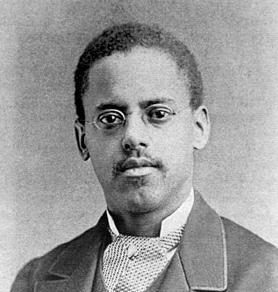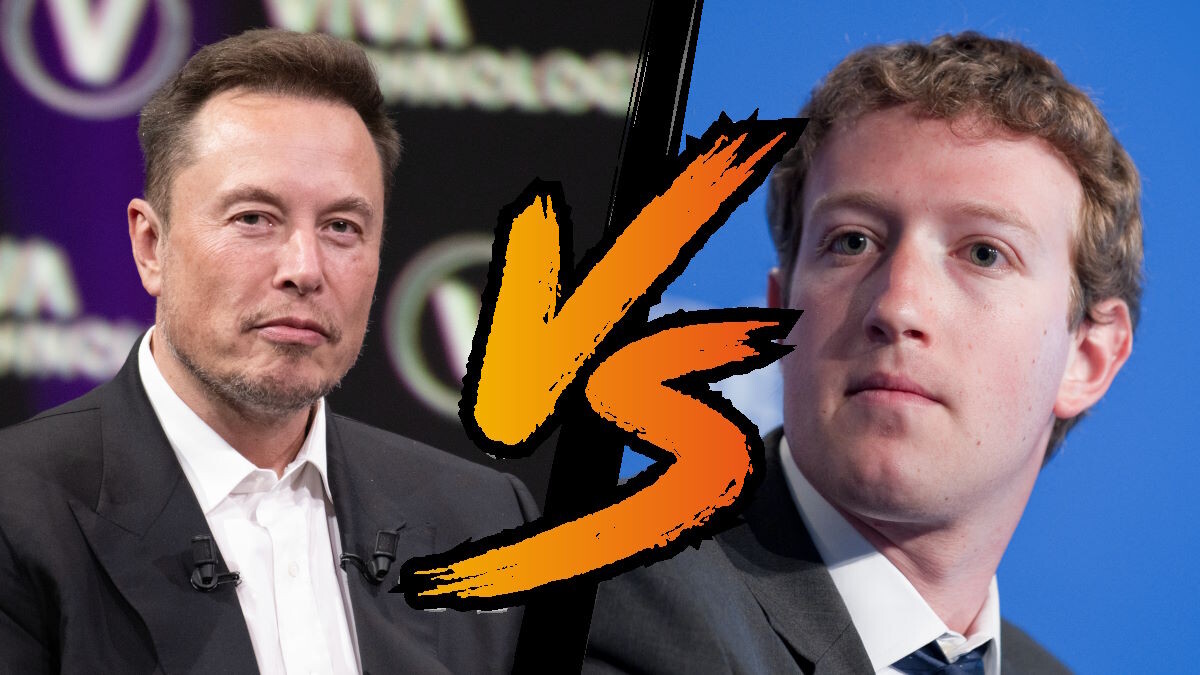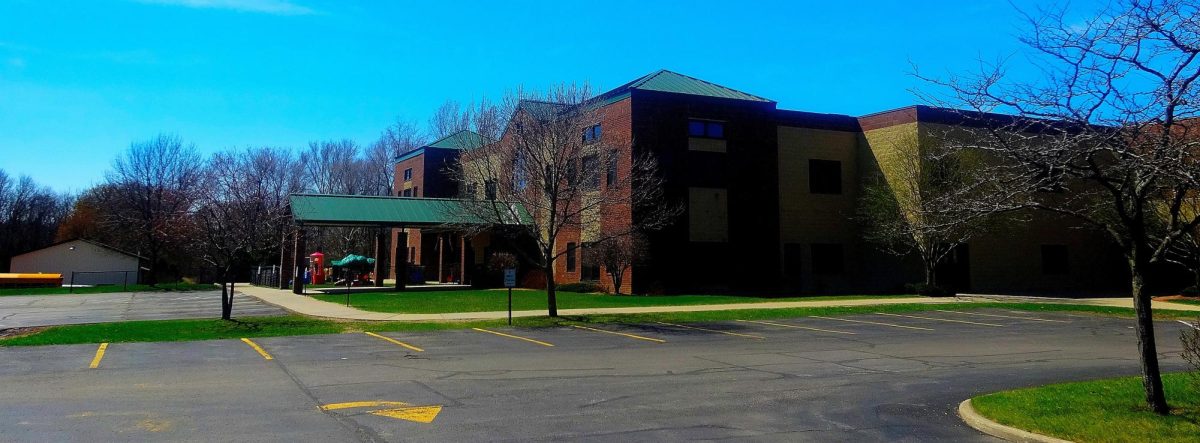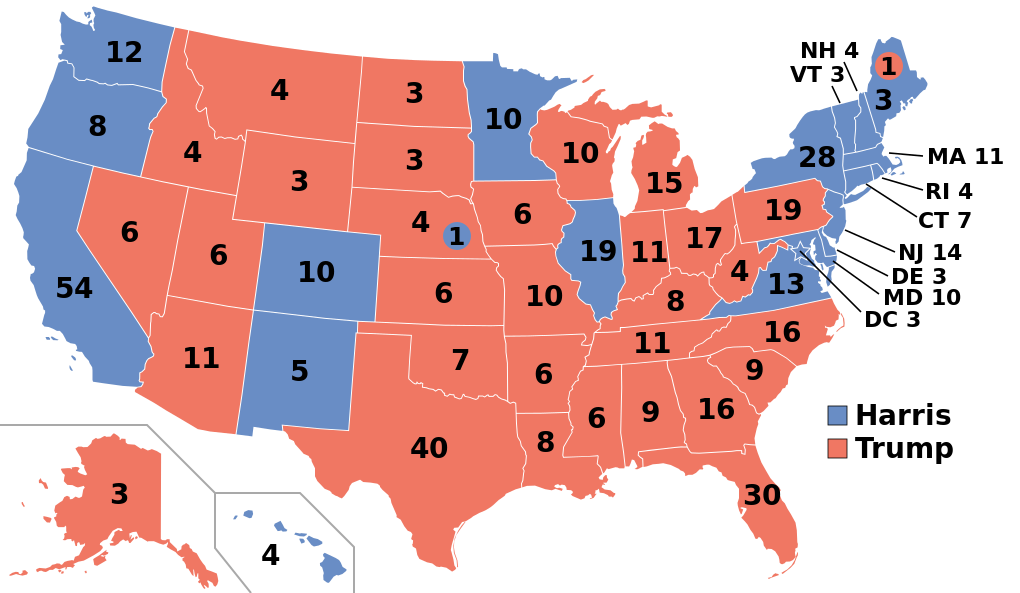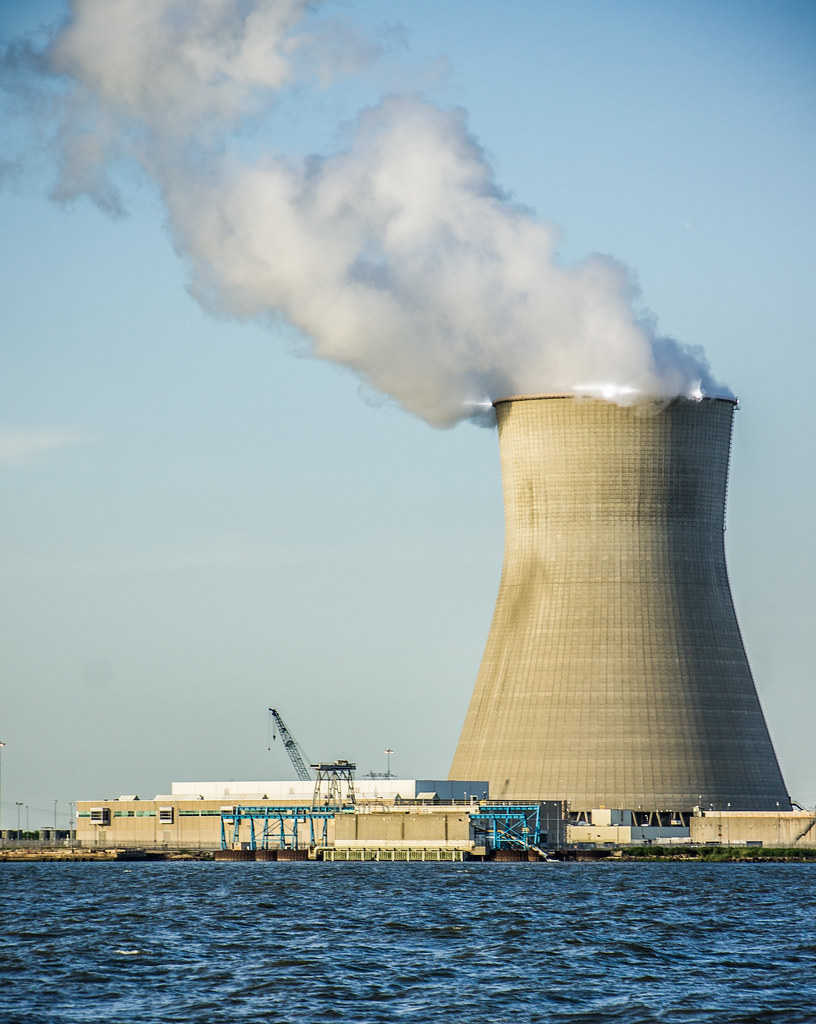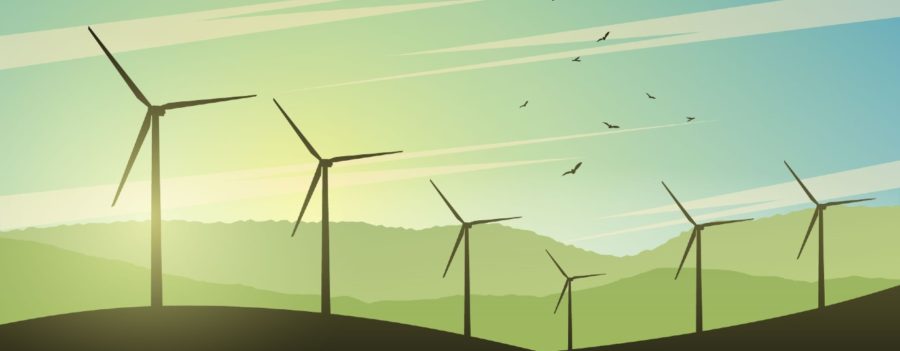Renewables Could Pay Off Within Six Years
October 27, 2022
A recent study published by Stanford University researcher Mark Jacobson suggests that a transition to renewable energy sources could pay for themselves within 6 years.
Jacobson’s study, titled Low-cost solutions to global warming, air pollution, and energy insecurity in 145 countries published in the Journal of Energy and Environmental Science, explores the consequences of a transition to 100% renewable energy in 145 different countries. Jacobson considers traditional renewable sources such as wind and solar alongside supplemental infrastructure such as batteries and energy-efficient transportation. The proposed shift, the paper claims, would save money by reducing energy waste and improving the cost-efficiency of energy.
A large amount of energy, Jacobson finds, is wasted in the grid. The low-cost solution proposed in the paper, called “wind-water-solar,” is capable of exactly meeting energy demand, eliminating excess waste. The figures from the paper are quite striking: the renewable grid would reduce energy costs from $101 trillion to $13.2 trillion per year (almost a 90% reduction in cost!).
Better batteries are also a key focus of the WWS plan, as it would allow excess energy captured during peak generation hours to be stored, providing a steady flow of energy even when source output fluctuates. By storing energy for later—a concept called load shifting—nations could cut energy use by over 50%.
While job loss is always a concern with the transition to a greener grid—for example, in the coal-mining communities in West Virginia and other regions of the US—Jacobson also predicts that the project would produce a net gain of 28 million jobs, making this transition astoundingly viable in terms of employment.





